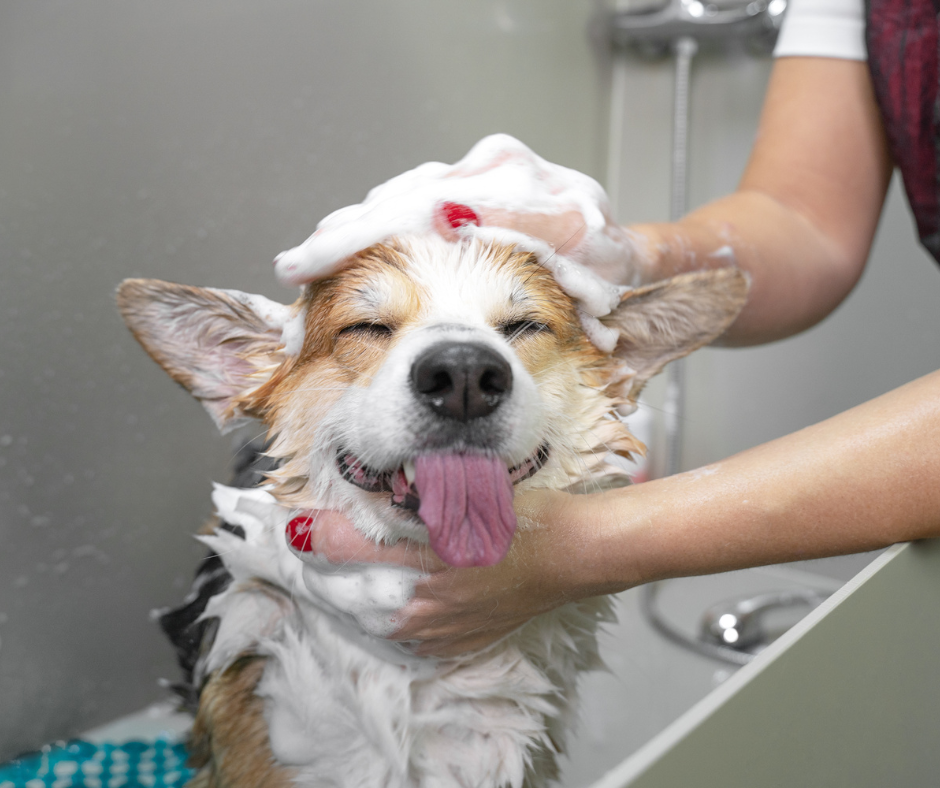Finding dog hair on your furniture, clothes, and even in unexpected places like your morning cup of coffee can be a common yet frustrating experience for dog owners. Shedding is a natural process for dogs, but when it becomes excessive, it can feel overwhelming. Shedding not only affects the cleanliness of your home but also reflects on your dog's health and well-being. This article explores effective strategies to manage dog shedding, aiming to improve the quality of life for both you and your pet.
Managing dog shedding involves understanding the underlying causes, adopting regular grooming practices, optimizing your dog's diet, and ensuring their overall health and happiness. By exploring these areas, we can uncover practical and effective methods to reduce excessive shedding, maintain a clean, healthy environment for our furry friends, and stop dog shedding.
Regular Grooming and Brushing
At the forefront of managing dog shedding is the practice of regular grooming and brushing. This routine not only helps to remove loose and dead fur from your dog's coat but also stimulates the skin, promoting healthier hair growth. Brushing acts as a preventive measure by collecting fur before it ends up on your floors and furniture. Moreover, it's an excellent opportunity for pet owners to check for any skin issues, lumps, or abnormalities that might require veterinary attention.
Choosing the right grooming tools is crucial for effective shedding management. For example, a slicker brush is excellent for detangling fur and removing loose hair in long-coated breeds, while a deshedding tool can reach deeper into the undercoat of double-coated breeds. Grooming sessions offer a bonding experience for you and your pet, enhancing your relationship.
The frequency and technique of grooming vary among different breeds and individual dogs. While some dogs may require daily brushing to manage their shedding, others might only need grooming a few times a week. Understanding and adapting to your dog's specific needs is essential for maintaining their coat's health and minimizing shedding.
Optimize Your Dog's Diet
Nutrition plays a vital role in the health of your dog's coat and skin. A balanced diet rich in essential nutrients can significantly reduce excessive shedding by strengthening hair follicles and promoting a healthier coat. Essential fatty acids, such as omega-3 and omega-6, are particularly important for coat health, offering benefits that include improved skin hydration and reduced inflammation.
Including supplements in your dog's diet, such as fish oil or flaxseed oil, can provide these essential fatty acids if their regular food doesn't contain enough. However, it's important to consult with a veterinarian before introducing any new supplements to ensure they're appropriate for your dog's specific dietary needs. A high-quality diet tailored to your dog's age, breed, and health status can make a noticeable difference in their shedding and overall well-being.
Remember, sudden changes in diet can affect your dog's health and potentially lead to increased shedding. Gradually introducing new foods and monitoring your dog's response helps in identifying what works best for them. Regular vet consultations can guide you in choosing the right food and supplements to enhance your dog's coat condition and reduce unwanted shedding.
Dog Hair Loss Home Remedies
Healthy skin is the foundation of a healthy coat and minimal shedding. Home remedies for dog hair loss can be effective in supporting skin health and managing shedding. Regular baths with the right shampoo can hydrate the skin and loosen dead fur, making it easier to brush away. Moisturizing shampoos that are specifically formulated for dogs can help maintain the natural oil balance of their skin.
Natural supplements added to your dog's diet, like olive or flaxseed oil, can improve skin health and reduce shedding by providing essential nutrients directly to the skin and fur. These natural oils are rich in omega-3 fatty acids, which are known to promote a glossy, healthy coat.
While home remedies can be highly beneficial, they should complement, not replace, professional veterinary advice, especially if your dog has underlying skin conditions. Balancing professional care with home treatments ensures your dog's coat and skin remain healthy, reducing shedding effectively.
Keeping Stress Levels Low
Stress and anxiety can significantly impact your dog's health, including their skin and coat condition, leading to increased shedding. Creating a stable, stress-free environment for your dog is crucial in managing shedding effectively. Regular exercise, play, and mental stimulation can help reduce stress levels, promoting a healthier coat.
Understanding and responding to your dog's needs and signals can prevent stress-induced shedding. Activities that strengthen your bond, such as training, playing, or simply spending quality time together, can also alleviate anxiety and its effects on your dog's coat health.
Addressing the root causes of stress, such as separation anxiety or noise phobias, with behavioral training or professional help, can improve your dog's well-being and reduce excessive shedding. A happy, stress-free dog is more likely to have a healthy, manageable coat.
Professional Grooming and Medical Check-ups
For some dog breeds, professional grooming is essential for managing shedding effectively. Professional groomers are equipped to handle challenging coats, removing dead hair and preventing matting. These sessions can complement your at-home grooming routine, especially for breeds with special coat care requirements.
Regular veterinary check-ups play a critical role in identifying and treating any underlying health issues that may cause excessive shedding. Conditions like allergies, skin infections, or hormonal imbalances can lead to increased shedding, which can be managed or treated with professional veterinary care. Early detection and treatment of such conditions can prevent excessive shedding and other health complications.
Investing in professional grooming and veterinary care not only helps manage shedding but also ensures your dog's overall health and happiness. These professionals can provide personalized advice and treatment options tailored to your dog's specific needs, contributing to a healthier coat and a cleaner home.
To Wrap Up
Effectively managing dog shedding involves a comprehensive approach that addresses grooming, diet, skin health, stress levels, and professional care. If you're interested, check out this helpful dog hair loss complete guide. By understanding and implementing these strategies, you can significantly reduce the amount of hair your dog sheds, creating a cleaner, healthier environment for both you and your pet. Shedding is a natural process, but with the right care, it can be managed effectively, enhancing your bond with your dog and ensuring their well-being.
Every dog is unique, and finding the right balance of care will vary from one pet to another. Patience, consistency, and attention to your dog's individual needs are key to managing shedding successfully. Remember, the goal is not just to reduce shedding but also to improve your dog's overall health and happiness.
Check out our other Team K9 Tips Articles:




